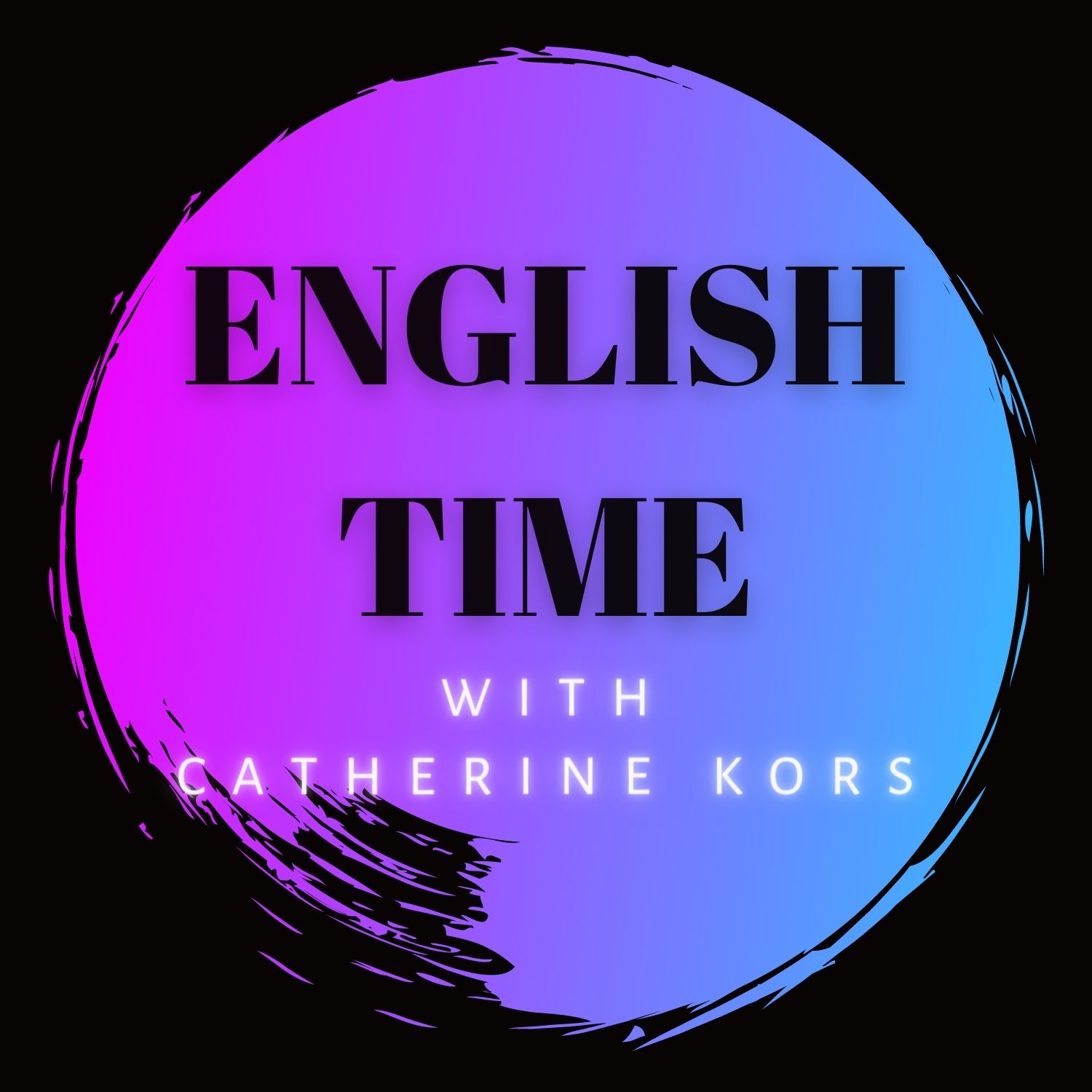And Approaches): in contrast to Richardoestesia the avian tooth crowns appear to be proportionately greater at foundation, relative for their peak; this pattern is accentuated from the two larger sized of TMP teeth in our sample (Fig. five). Every one of these isolated enamel are observed during the exact same, or contemporaneous, localities in North America, where by essential numbers of these kinds of fossils are identified in diverse localities [25]. Consequently, it truly is helpful to seek out further criteria for identification of isolated enamel as avian or non-avian. The 2 more substantial TMP teeth that also jump out with regard to their relative crown width vs. top, actually display screen extra features, and entirely this queries their supposed avian standing. Just one (TMP 1989.103.0025) bears a well-marked constriction in between crown and root, and was re-identified recently as Richardoestesia isosceles (Coelurosauria incertae sedis; [27, 38]), contra [25]. The opposite huge tooth (TMP 1996.012.0040) bears no very clear constriction, is rather straight and bears no serrations, but displays a dress in facet for the suggestion on the crown. We concur with [27, 38] that TMP 1989.103.0025, with its peculiar modest serrations limited into a compact element of each the mesial and distal carinae, won’t belong to your chicken.Dumont et al. BMC Evolutionary Biology (2016) 16:Page 23 ofTMP 1996.012.0040 may be avian, but in the absence of connected skeletal stays, no specific identification can be done. Apparently, have on facets are scarce, but not unidentified in chicken enamel (some are observed in presumably insectivorous birds, like Archaeopteryx [104]; or Pengornis [105]), regardless of the typical inference that birds tend not to process food stuff with their jaws [4]. We consider that TMP 1996.012.0040 is better assigned to cf. Aves indet. These two bigger teeth might not belong with the avian tooth since they plot within a distinct portion of morphospace (Fig. five). We take into consideration that TMP 1989.103.25 is much more very likely to be appropriate with Richardoestesia isosceles [27, 38] despite its marginal posture, also relative to your other Richardoestesia tooth. In that situation, the labio-lingual slight crown enlargement (relative to top) would seem to PubMed ID:https://www.ncbi.nlm.nih.gov/pubmed/18111632 discriminate only marginally the ornithurine teeth from most contemporaneous non-avian North American theropod teeth. 1 TMP tooth crown (TMP 1986.052.0054) bears no serrations, and would healthy nicely with birds over the foundation of its ornithurine-like morphology; we concur with [25] in assigning it to Aves indet. At last, two tooth PubMed ID:https://www.ncbi.nlm.nih.gov/pubmed/9221828 crowns (TMP 1986.030.0039 and TMP 1994.031.0032) bear serrations recalling non-avian theropods. Just one Mesozoic chook is now regarded to have crenulated tooth, harking back to serrations, albeit with unique features of shape and distribution [98]. Because of this, an avian standing for anyone two serrated crowns is Vitamin D2 not thoroughly excluded, however it is much more most likely that they belong to non-avian theropods. We take into consideration it most appropriate that these enamel are referred to Theropoda indet. inside the absence of involved stays. The Maastricht tooth (Fig. 1h) is shown listed here for being positively identifiable as possibly belonging to Ichthyornis sp., or to a closely linked taxon in just the Ichthyornithiformes. It exhibits the attribute triangular, labiolingually compressed crown shape, with sharp, unserrated mesial and distal ridges, and really slim enamel (mostly all around five m in thickness). The whole preserved tooth reveals the attribute ichthyornithiform angle involving crown and root (the basis is visibly very well developed regardless of the fact.

Close